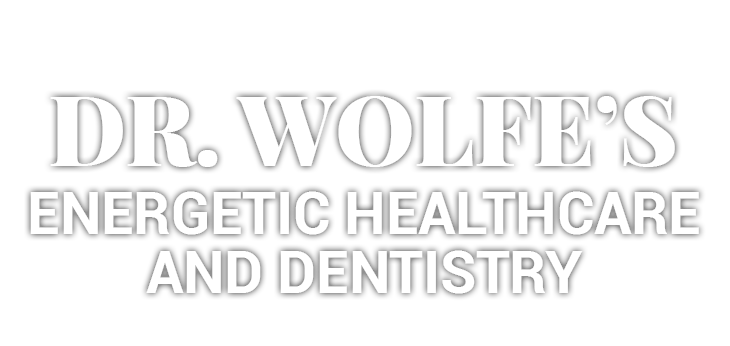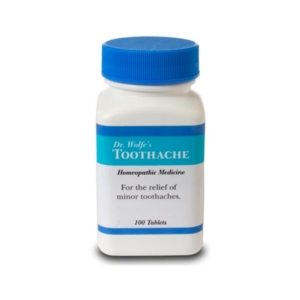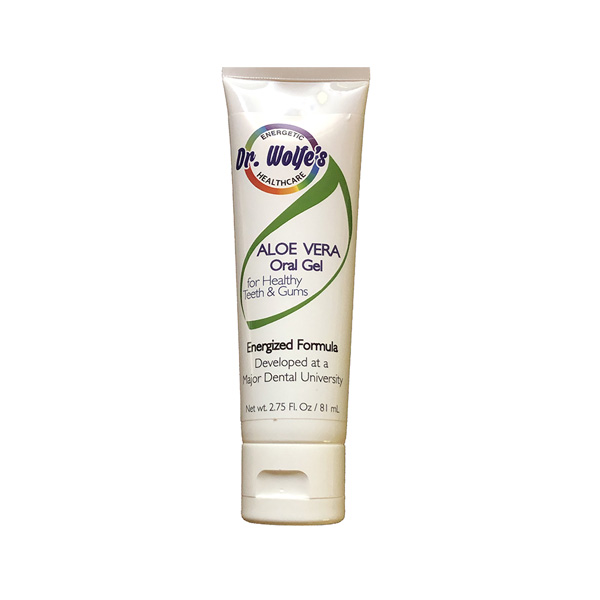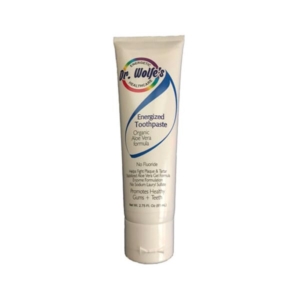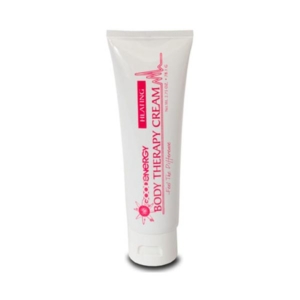Possible Disturbance Fields In The Mouth
1. Bio-Incompatible Dental Materials
In 1826, a revolutionary new dental restorative material called ‘amalgam’ was introduced to the United States. The amalgam filling was developed in England and France and contained silver, tin, copper, zinc and mercury in various percentages…with mercury being the highest percentage at over 50%. The amalgam fillings were not openly embraced by organized dentistry in America, and in 1840, members of the American Society of Dental Surgeons were required to sign pledges not to use mercury fillings. In fact, several New York city dentists were suspended from this organization in 1848 for malpractice for using silver / mercury fillings. In 1859, a new organization was formed as a result of the internal strife over the use of mercury in dentistry – the American Dental Association, and their filling material of choice, as it still is today, is the mercury (approx.50%), silver (approx.30%) amalgam filling. In spite of numerous published scientific studies over the years demonstrating the ill effects of mercury fillings in the mouth, plus knowing that the FDA has never approved the amalgam mixture as a safe dental device, mercury / silver / amalgam fillings are still the primary dental restoration used by dentists in the U.S. (approx.100 million mercury fillings are placed yearly ).
So ignoring science, and just using common sense, here are some basic concerns:
- Mercury before it is placed into the mouth is a hazardous toxin in the environment.
- The scrap amalgam which is removed from the mouth cannot be thrown away in the trash, or the dentist is subject to a $10,000 fine by the Environmental Protection Agency ! Instead, the scrap is considered a toxic waste and must be removed by a hazardous waste company.
- Therefore, why are we placing this substance in the patient’s mouth? Is the safest place to store mercury in the patient’s mouth?
However, there are many other issues in dentistry regarding the biocompatibility of the dental materials placed in the mouth. The main issue being that there is no biocompatibility testing required to bring a dental material to the marketplace. Besides, the mercury filling issue, there are also issues regarding: the constituents of the resins in composites (white, tooth colored fillings); the use of non precious / nickel metal crowns and root canal posts; stainless steel ( nickel ) appliances; denture resin materials; and the composition of implants, etc. The immune system has to “deal with” any foreign / non-self substance placed in the body. The quest then is to pick substances which are the least immune challenging, and also, to minimize the number of immune challenges (ex…when replaced, having all of your filling materials, bonding agents, crown materials, and cements, etc., be of the same substance / brand. ). It would be ideal if you and your dentist would have your own personal “dental menu” of dental materials to use, when dentistry is required. For information on biocompatibility testing, check the references listed at the end of this article.
